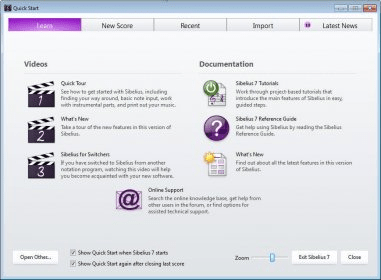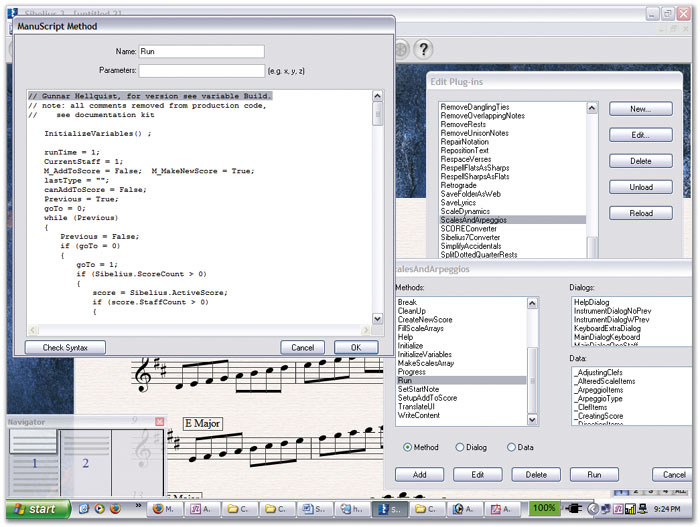

When entering the letters of the dynamic, use the Ctrl key (or Command on a Mac) to use the traditional font for dynamics (using the Opus font in Sibelius). Then type the letters which make up the dynamic and then press esc when you are finished. Typing x while editing a slur will flip the orientation of the slur.ĭynamics are inserted into the music by selecting a note and then pressing Ctrl+ e (or Command+ e on a Mac). The slurs height can be adjusted with the ↑/ ↓ keys as well. Click-dragging near the endpoint of a slur with allow adjustment of the start/end of the slur. Then you can click-drag to move the slur middle up and down. The height (curvature) of the slur can be adjusted by first highlighting the slur by clicking on it. For long slurs, you can also make separate slurs for each system, but only do this if you have decided on a fixed layout: if the systems break at different measures, those individual slurs will have to be corrected.

Slurs can go across system breaks, although they will become a bit difficult to manage. The easiest way to create a slur is to click on the first note which the slur starts, and then Shift-click on the last note within the slur. Click-drag this box so that the bottom chord stem overlaps with the note in the top staff. A small box will appear at the end of the stem.

Select a half-note rhythm, and insert the notes E and D ♯ on the top staff.Press on the "2" in the keypad window to enter notes in layer 2 on the top staff.Select those notes and type Ctrl+ Shft+ ↓ to move them to the bottom staff.Insert the notes for the bottom staff in layer one of the top staff.This cannot be done in Sibelius on a note-by-note basis (only by complete chords), so the correct display has to be hacked: In this particular case, in measure 25, there is are two chords which contain notes on two staves. The notes "belong" to one staff, but are displayed on another staff. Moving notes down a staff can be done with Ctrl+ Shft+ ↑/ ↓ ( Command+ Shft+ ↑/ ↓ on a Mac) when the notes are selected. If you want to generally shrink or expand the spacing of the music, select the music to adjust, and then press Alt+ Shft+ ←/ → (or Option+ Shft+ ←/ → on a Mac) in order to shrink/stretch the music. If you want to fix the number of measure on a staff, select a barline where you want a system break, and then go to the menu item Layout→Break→System Break. To adjust the distances between systems (pairs of staves in this case), click on the top staff of a system and click-drag it up or down (similar to staff spacing but do not hold down the Shft key). To adjust the staff spacing for a single system, click on one of the measures in the top staff of the system, then shif-drag the staff up or down to change the spacing between the staves on that particular system. Shift-drag the top staff upwards to increase the space between staves.Triple-click on the top staff to select it from start to end.To give more space for items displayed between the staves: The default spacing between the staves is a bit tight for this piece since there are high notes in the bottom staff, and lots of long slurs mixed with hairpin dynamic markings.
#Sibelius insert measure pdf#
4) which you entered from the last Sibelius class ( Sibelius 5 file and PDF file), add all of the notational details to finish the typesetting to match this original scan. Starting with the Chopin Prelude in E minor (Op.


 0 kommentar(er)
0 kommentar(er)
